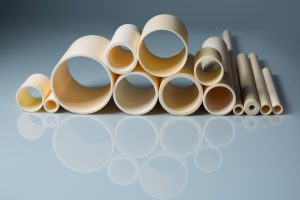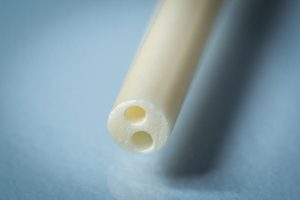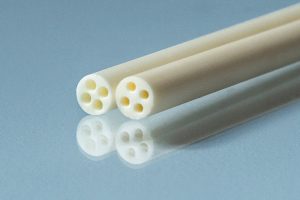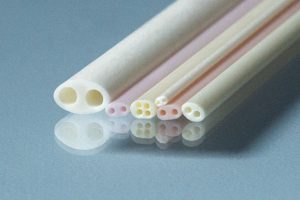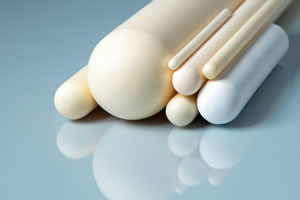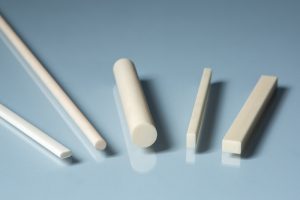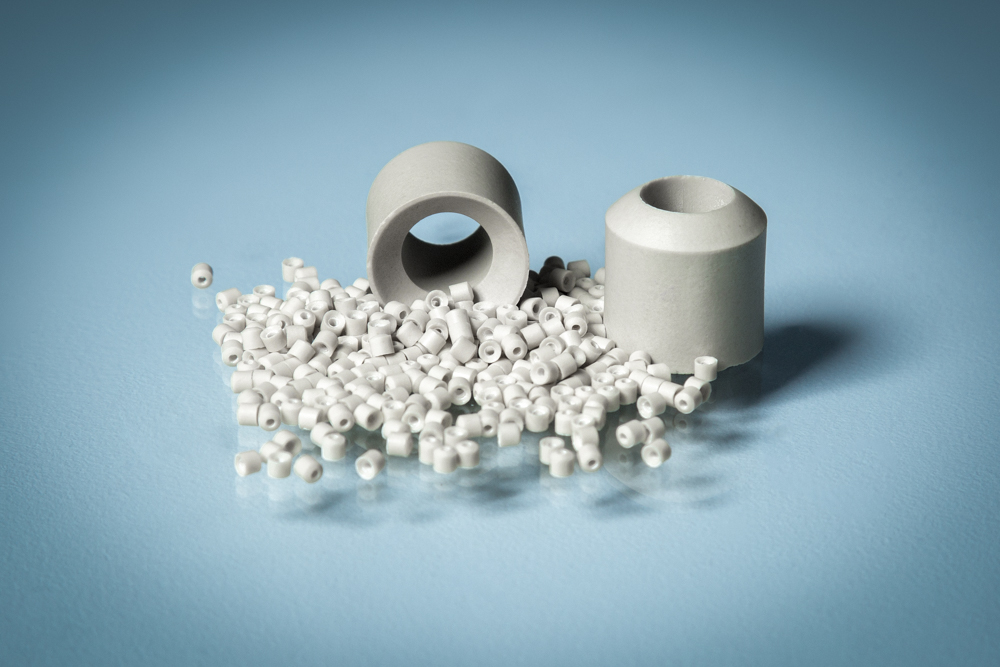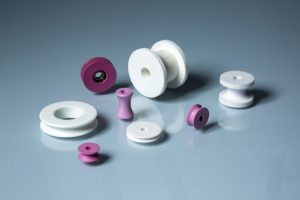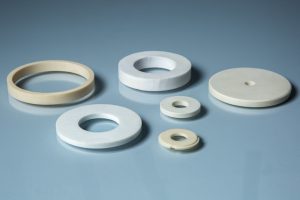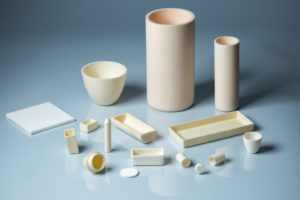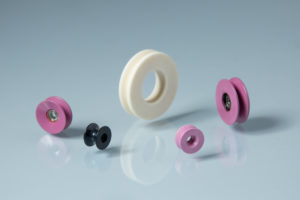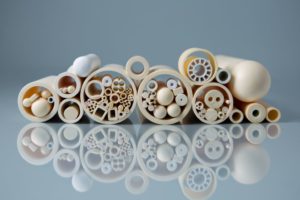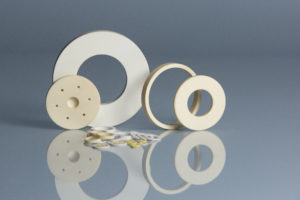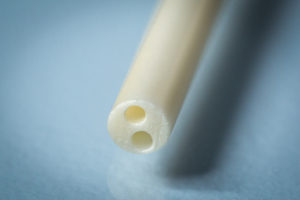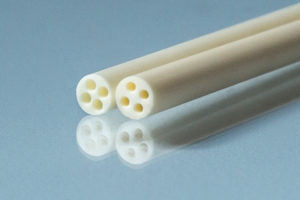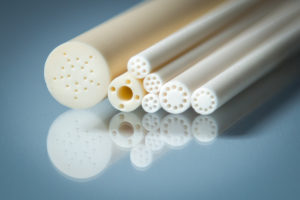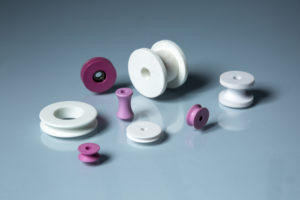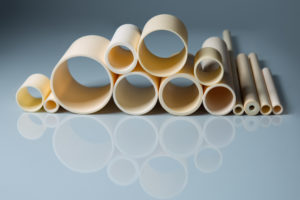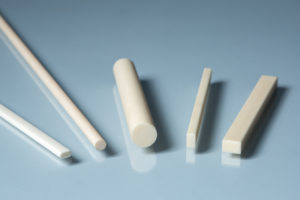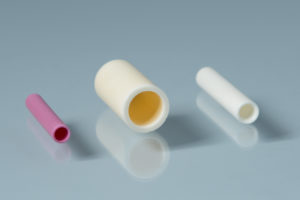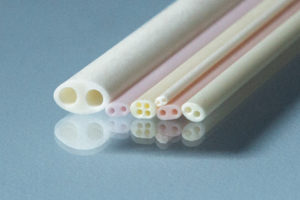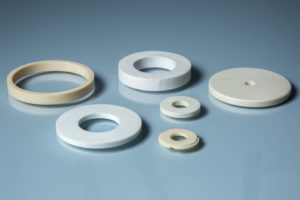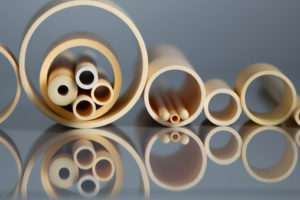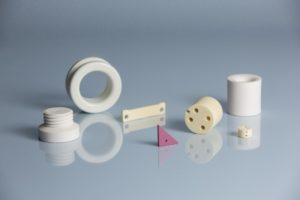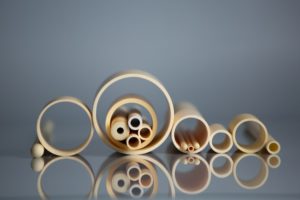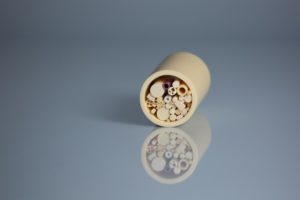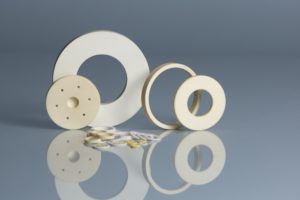Alumina Ceramic Products
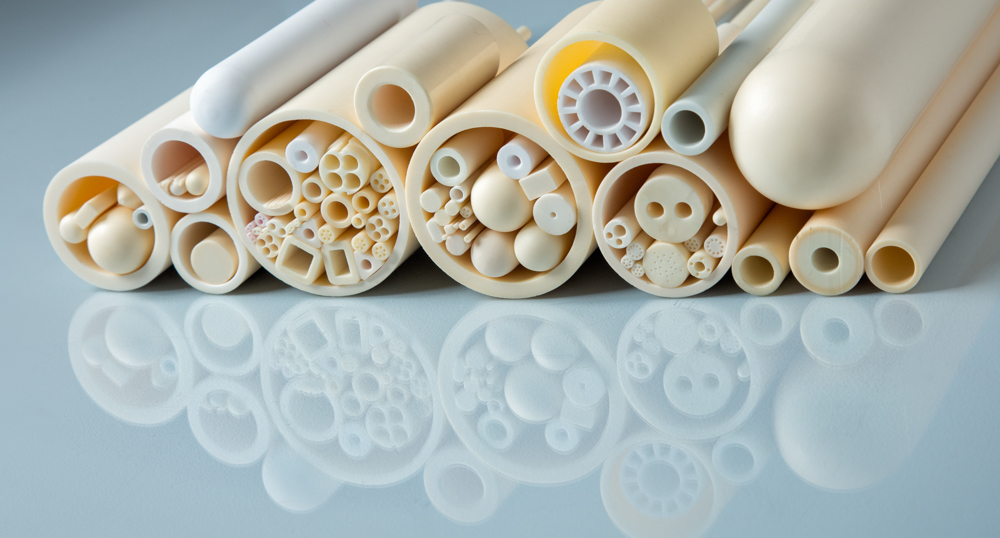
View Our Different Alumina Ceramic Products
Alumina Ceramics
Aluminium Oxide (Alumina) is the most widely used ceramic material with near limitless manufacturing capabilities. They are grouped together based on purity levels, as the purity of Alumina’s increases wear and corrosion resistance also increases. China Alumina Ceramics stocks more alumina ceramic tubes than any other supplier. Our vast, readily-available inventory allows us to supply our customer’s ceramic tube needs immediately, even for hard-to-find or specialty products. Alumina’s are used in a variety of general-purpose applications, and their grade is chosen based on the application environment. Higher purity Alumina’s can be formulated for more demanding applications. Typical Applications Include: Wear resistant components, High pressure nozzles, Thermocouple tubes, Electrical Insulators, Corrosive labware, Furnace fixtures, Ballistic armor, Thread guides, Laser Tubes, and Pump seals.
History of Ceramics
The use of ceramics is as old as the human race. Traditionally, they were molded and shaped into pottery and cast as bricks. The sturdiness and endurance of ceramic materials made them ideal for use in any climate or weather conditions. Modern advanced ceramics have been altered and engineered under exacting laboratory conditions to produce a wide variety of industrial products. The most prevalent of those products is Alumina Ceramics.
Properties of Alumina Ceramics
Alumina Ceramics are the most highly regarded and widely used of the ceramic products. It is non-conductive, resistant to corrosion, and are perfect for electrical insulation. Alumina Ceramic has proven to be the best ceramic for protection of vital electrical components. It can be processed as tubing, sheets, bars, rods, discs, and many other forms depending on the requirements of the project. AH100a Alumina Ceramic is configured to protect high voltage circuits.
Most Alumina Ceramics are white but can be pink or brown. The different colors are derived from the additives during sintering as well as any impurities in the raw material. The majority of Alumina Ceramics have a purity level between 95 and 99 per cent. Higher purity Alumina Ceramics are perfect for environments where there is potential severe wear or may contain corrosive contaminates. Since Alumina Ceramics have excellent thermal stability, they can be used in areas that have drastic temperature changes.
The chemical composition of Alumina Ceramics heightens its resistance to corrosion. Alumina is known as aluminum oxide, a hard wearing advanced ceramic that has been in use for years and is the most popular ceramic material for a variety of applications. The aluminum oxide in Alumina Ceramics is a form of bauxite, a white, brown, or red clay material first discovered in France in the early 19th Century and is commonly found in several locations around the world.
Alumina Ceramics are widely used because of their chemical stability, which they maintain at high temperatures. It is an insoluble material that is resistant to acids, alkaline, and other chemicals. For these reasons, several million tons of Alumina Ceramic are produced every year. Over the years, Alumina Ceramics have been put through several tests to determine its chemical resistance. The high purity of Alumina Ceramics creates such strong bonds that it is not susceptible to any form of chemical damage.
Though Alumina Ceramics have existed for many years, experts and processors are still exploring possible uses for this versatile material. Since it is produced from naturally occurring compounds, it is a perfect solution to the care and production of vital components and structures. In the years to come, it is very possible that Alumina Ceramics will increase in its usage and have an even greater impact on product production.
| Density, ρ | g/cm3 | 3.7-3.97 |
| Water Absorption | % @ room temperature (R.T.) | 0 |
| Hardness Mohs 9 | Mohs | 9 |
| Hardness | Knoop (kg/mm2) | 2000 |
| Compressive Strength | MPa @ R.T. | 2070-2620 |
| Tensile Strength | MPa @ R.T. | 260-300 |
| Fracture Toughness, Kic | MPa x m1/2 | 4.5 |
| Max. Use Temperature (in air) | ºC | 1750 |
| Thermal Shock Resistance | ∆T (ºC) | 200 |
| Thermal Conductivity | W/m-K @ R.T. | 35 |
| Coefficient of Linear Thermal Expansion, αl | µm/m-ºC (~25ºC through ±1000ºC) | 8.4 |
| Dielectric Constant | 1 MHz @ R.T. | 9.6 |
| Dielectric Strength | kV/mm |
15 |

